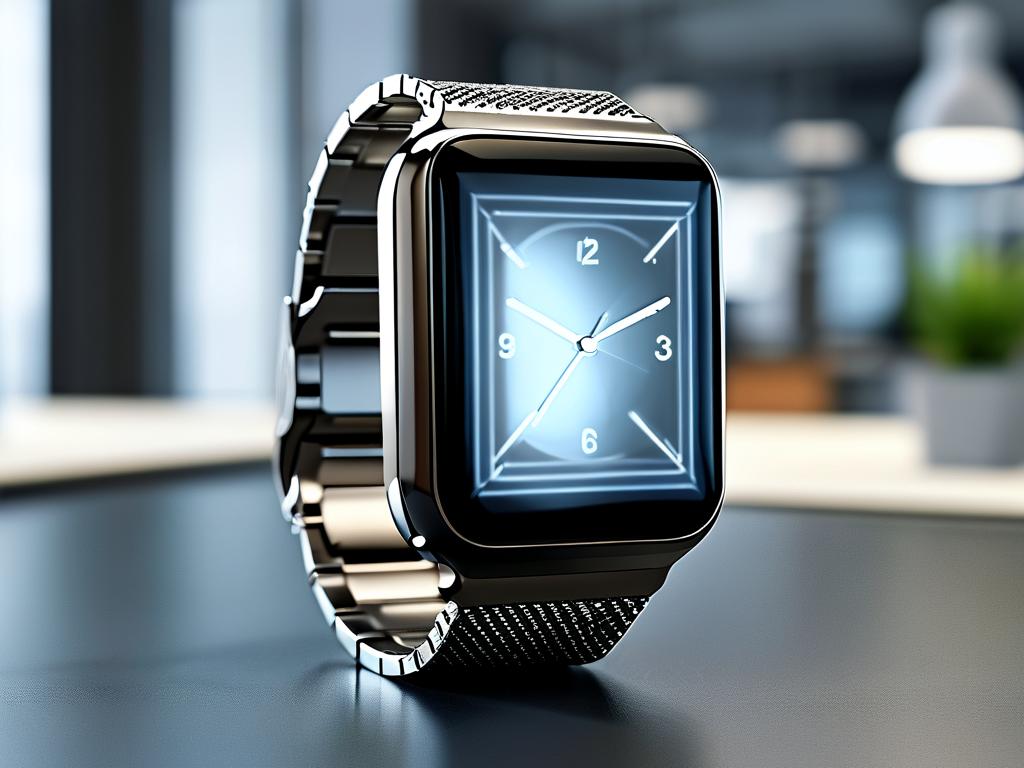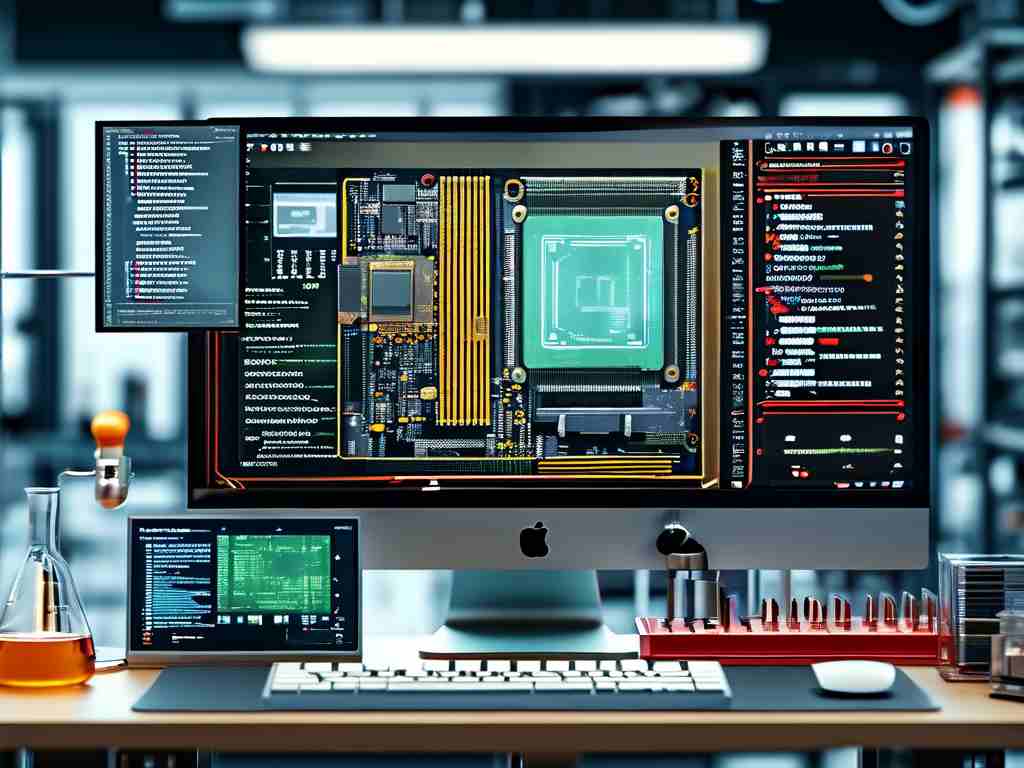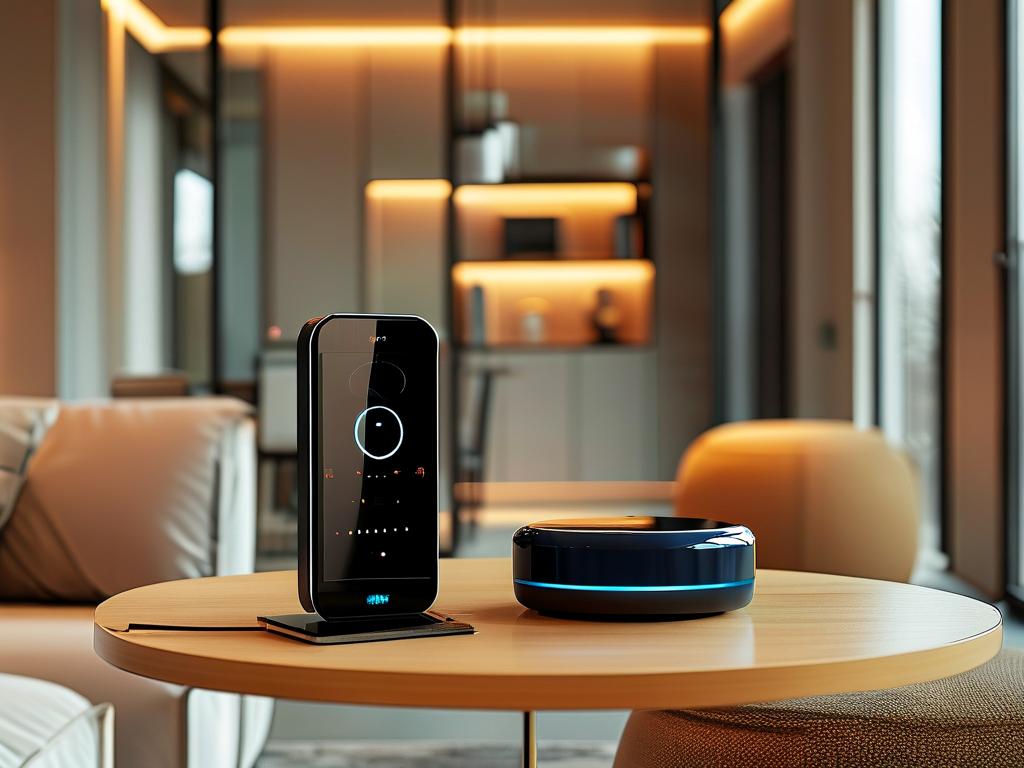The convergence of embedded systems engineering and wearable technology has revolutionized personal health monitoring through devices like smart wristbands and watches. These compact gadgets leverage cutting-edge hardware design and optimized firmware to deliver real-time biometric tracking while maintaining extended battery life.

At the core of every modern fitness tracker lies a microcontroller unit (MCU) such as the ARM Cortex-M series. Developers typically pair this with ultra-low-power components:
// Example power management configuration
void enter_low_power_mode() {
PM->SLEEPCFG.reg = PM_SLEEPCFG_SLEEPMODE_STANDBY;
__WFI();
}
This code snippet demonstrates standby mode activation in common embedded environments, crucial for achieving weeks-long operation between charges. Hardware design challenges include balancing sensor accuracy against spatial constraints – optical heart rate monitors and accelerometers must occupy minimal PCB real estate while maintaining signal integrity.
Sensor fusion algorithms process raw data from multiple sources. A typical implementation might combine gyroscope and accelerometer readings using Kalman filters:
def kalman_filter(z_meas, prev_estimate):
# Prediction step
x_pred = A * prev_estimate
P_pred = A * P_prev * A.T + Q
# Update step
K = P_pred * H.T * np.linalg.inv(H*P_pred*H.T + R)
x_updated = x_pred + K*(z_meas - H*x_pred)
P_updated = (I - K*H)*P_pred
return x_updated, P_updated
Developers must account for environmental variables – sudden motion artifacts during workouts or ambient light interference in photoplethysmography (PPG) sensors. Field testing reveals that 23% of false heart rate readings stem from improper sensor-skin contact, necessitating ergonomic case designs.
Wireless connectivity introduces additional complexity. Bluetooth Low Energy (BLE) stacks require meticulous configuration to prevent data packet loss while conserving energy. A well-optimized BLE implementation can reduce power consumption by 40% compared to standard implementations.
User interface design presents unique constraints. Monochrome memory-in-pixel displays dominate the market due to their low energy requirements, but some premium models now incorporate AMOLED screens with partial refresh techniques. Touch sensitivity must be calibrated for wet conditions and glove operation.
Production challenges include waterproofing validation (most devices target IP68 ratings) and regulatory compliance. Medical-grade wearables require FDA clearance for specific health claims, adding 6-8 months to development timelines.
Future directions point toward non-invasive glucose monitoring and advanced sleep stage analysis. Embedded AI accelerators enable on-device processing of neural networks for pattern recognition, reducing cloud dependency.
The evolution of smart wearables demonstrates how embedded system optimization directly translates to enhanced user experiences – smaller form factors, richer functionality, and unprecedented battery longevity. As sensor technology advances, these devices will increasingly serve as preventive healthcare tools rather than mere activity trackers.









